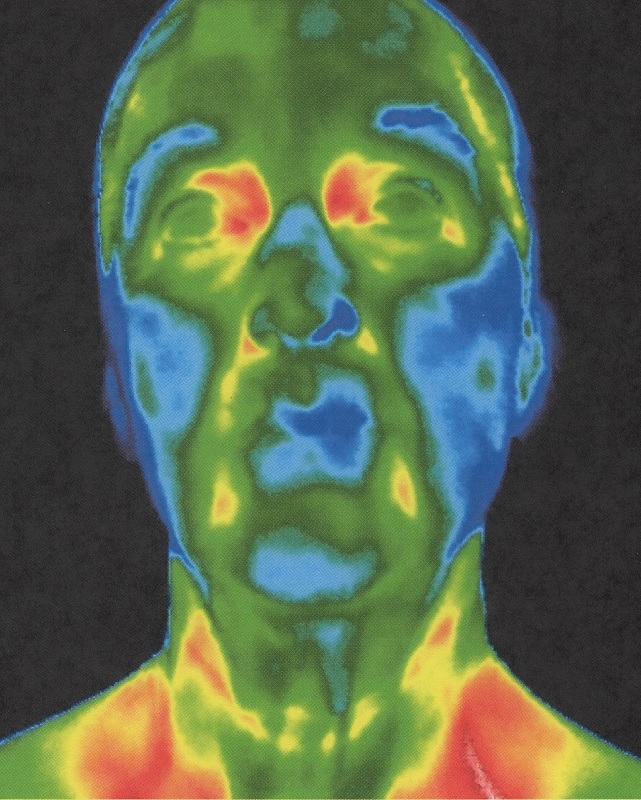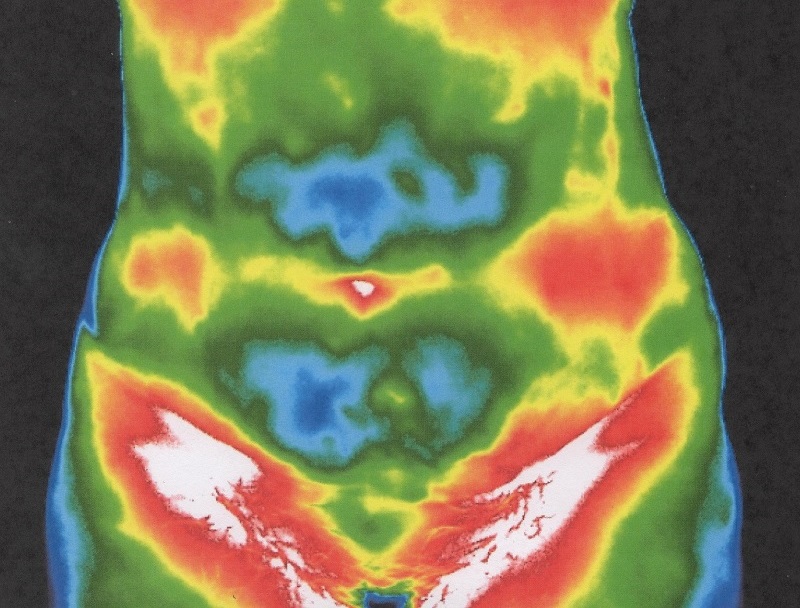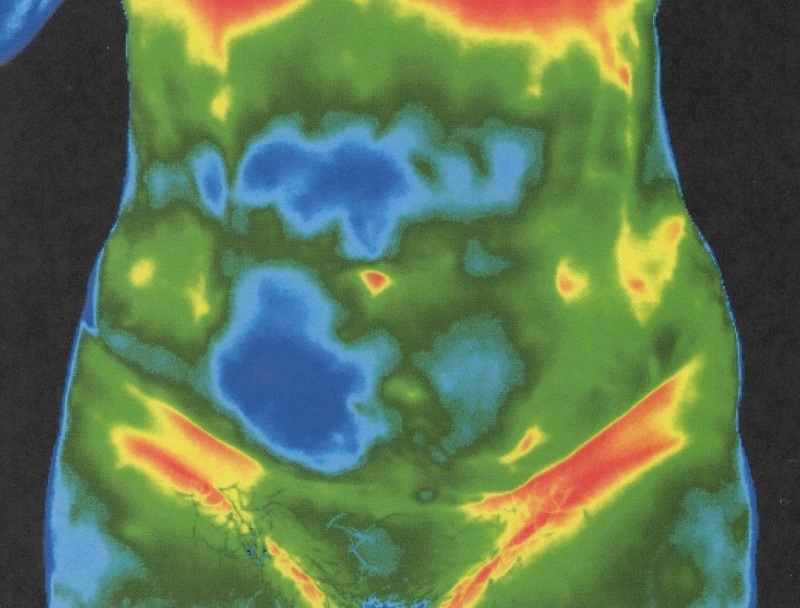Inflammation is a buzzword these days.
“We all know” that inflammation is at the root of all illness. Inflammation causes pain.
If we can stop the inflammatory process, we can relieve pain and root out illness.
What can we do to root out inflammation?
That begs the question,
What causes inflammation?
According to MedLinePlus, from the US National Library of Medicine,
The inflammatory response (inflammation) occurs when tissues are injured by bacteria, trauma, toxins, heat, or any other cause.
According to EMBO reports,
An increasing body of evidence shows that chronic inflammation causes and advances many common diseases . . . including cancers, autoimmune disorders and infectious diseases.
So then, why not just treat with anti-inflammatory medications and foods? And why not use anti-inflammatories as a preventative measure?
Preventing Inflammation
The EMBO report goes on to say,
If chronic inflammation does underlie so many diseases, it would make sense to recognize it as a condition that should be treated in its own right as a preventative therapy.
One problem with promoting this approach, however, is that chronic inflammation does not always cause disease; it requires additional genetic and environmental factors.
As such, attempts to alleviate chronic inflammation are confined to cases where it is already clear that disease has resulted.
Drugs with anti-inflammatory effects
This theory is opening new routes of treatment with drugs developed for different purposes. The EOM report also says:
In some cases, existing drugs with anti-inflammatory effects are being found to be effective against a variety of diseases resulting from chronic inflammation.
The long-term use of aspirin to reduce the risk of cardiovascular disease is well known, but a study at the John Radcliffe Hospital in Oxford, UK, found that people taking aspirin over long periods also had a lower incidence of death from cancer [7].
What they don’t tell you is that long-term use of aspirin also can increase the risk of bleeding in the stomach and small intestine. As well, it is a risk for stroke caused by bleeding in the brain. Some research sources weight the risks and benefits of aspirin considering what health condition is predominant. What if there was something that reduces inflammation without risks?
Another anti-inflammatory drug that holds promise is omeprazole, normally prescribed to reduce acid reflux in the stomach. In its new role, it is being used to treat cancers induced by colitis, which is associated with inflammation in the bowel.
However, omeprazole reduces acid reflux by reducing the total amount of acid produced in the stomach. Without enough stomach acid, minerals such as calcium and magnesium cannot be absorbed in the small intestine. In addition, without enough stomach acid, a natural immune system mechanism of the acid killing infectious organisms ingested. That has led to increased infections with such tenacious organisms as C. diff and pneumonia.
Could there be a way to reduce acid reflux by getting to the cause, thereby eliminating the detrimental side effects?
What about herbs and natural therapies?
There are many herbs which reduce inflammation in the body. The constituent curcumin from the herb turmeric is well studied, as mentioned in the EOB report:
A study from the Father Muller Medical College in Karnataka, India, reported that several experimental models of IBD responded to curcumin, which seems to work by scavenging free radicals, increasing anti-oxidants and influencing multiple signalling pathways [9].
Why isn’t this the answer?
Simply taking herbs or drugs to reduce inflammation still does not get to the root cause of why the inflammation is there.
As previously noted, the inflammatory process occurs “when tissues are injured by bacteria, trauma, toxins.” The body could be fighting off a micro-organism such as bacteria, repairing injury from trauma such as from a blow or burn, or attempting to clear toxins such as from a bug bite or through a toxic exposure. When these things are cleared, then the inflammation goes away naturally.
However, in cases of chronic disease, there can be a smoldering infection that is not cleared. In addition, there can be toxins which are unable to be cleared. Also, recovery from injury may be short-circuited or prolonged. All of these may be creating a chronic inflammatory process.
In addition, the use of opposites, that is, using an anti- anything to fight something backfires in the long run. You may have seen this happen in your health or the health of someone around you. You miss a dose of your stomach acid reducer, and have heartburn worse than ever. You stop your blood pressure medication and your blood pressure spikes even higher than before.
Explain it!
Naturopathic philosophy tells us this is true. The body is programmed to maintain an balance. When something is stopped, such as when inflammation is stopped by an anti-inflammatory, the body compensates. The body does what it can to re-start inflammation again because it originally was a useful process. It will continue to be inflamed until the original cause is removed.
Using an anti-inflammatory repeatedly to quench inflammation ironically promotes chronic inflammation.
We hypothesize that the paradoxical pro-inflammatory, pro-thrombotic effects associated with chronic use of anti-inflammatory agents are attributable to compensatory host response rather than direct effects of the drugs.
Chronic pharmacologic inhibition of inflammation may induce physiologic dependence, and cessation of therapy has been shown to produce rebound effects in aspirin, statins, and other immunomodulatory agents.
How can we really heal?
Naturopathic principles show us a way to heal without suppressing then having rebound effects.
One is the awareness that using a medicine to make it feel better, or palliate the illness, does not get to the root cause. The “life-preserving principle” is what instigated inflammation in order to clean up the tissues and when that process is stopped, that same “life-preserving principle” will attempt to restart that process. In a chronic disease, that process has not been able to completely clear the tissue. Therefore, something additional is needed for healing. Here is where natural therapies used with this understanding can get to the root cause.
One article in the Medical Hypothesis journal addresses low-grade inflammation in chronic diseases. The abstract states:
The hypotheses presented here are that the main aspects of Hahnemann’s Psora theory are supported by current data on the role of pro-inflammatory cytokines and that the use of NSAIDs to treat chronic low-grade inflammation can produce a contrary, rebound effect, as anticipated by Hahnemann.
By diverting from the “palliative action-rebound effect” course, not only homeopathy but integrative medicine could provide different approaches to the treatment of low-grade chronic inflammation.
What natural therapies?
This is one big reason that I use Homeopathy in my practice. It can calm inflammation by getting to a root cause.
Appropriate exercise has too many health benefits to list right here. The pertinent one is its affect on inflammation. Included in the EOS report is this statement:
There is growing evidence that diseases with an inflammatory component can be treated through physical exercise, rather than pharmacology. The positive effect of exercise on inflammatory processes has long been known, especially in cancer.
Another way I do this is through Medical Biomagnetic Therapy. I recently had a vivid demonstration of the effect of treating by placing magnet pairs on the body where indicated.
Show me the proof
A 65-year-old woman returned to me after having a Thermal Image Scan. She is vital and very active, and has no health complaints. She does the thermal image annually as a preventative screening. This year, her Thermal Image showed more inflammation from heat signatures on the scan. Since she did not have symptoms, there was nothing to treat. However, she wanted to prevent anything from developing.
I suggested a series of five Medical Biomagetic treatments, then follow up with another thermal image to see its effect on the heat signatures of inflammation in her body. We did just that.
Displayed below are some of her before and after thermal images. You can see the difference.
The areas of red to white are hot areas of the body. Some heat is expected in folds of the body such as the corners of the eyes, the hollows of the neck, under the breasts and in the groin. However, the white signature shows excess heat. You can see how it changed. In the follow-up thermal images, there are no white hot areas and the red areas have decreased to only body folds.
 |
 |
| June 25, 2018 | August 20, 2018 |
 |
 |
| Thermal image of torso shows inflammation in the digestive areas. | 8 weeks later there is only heat in the body folds. |
Please comment below where you might have inflammation and how this might help you.




